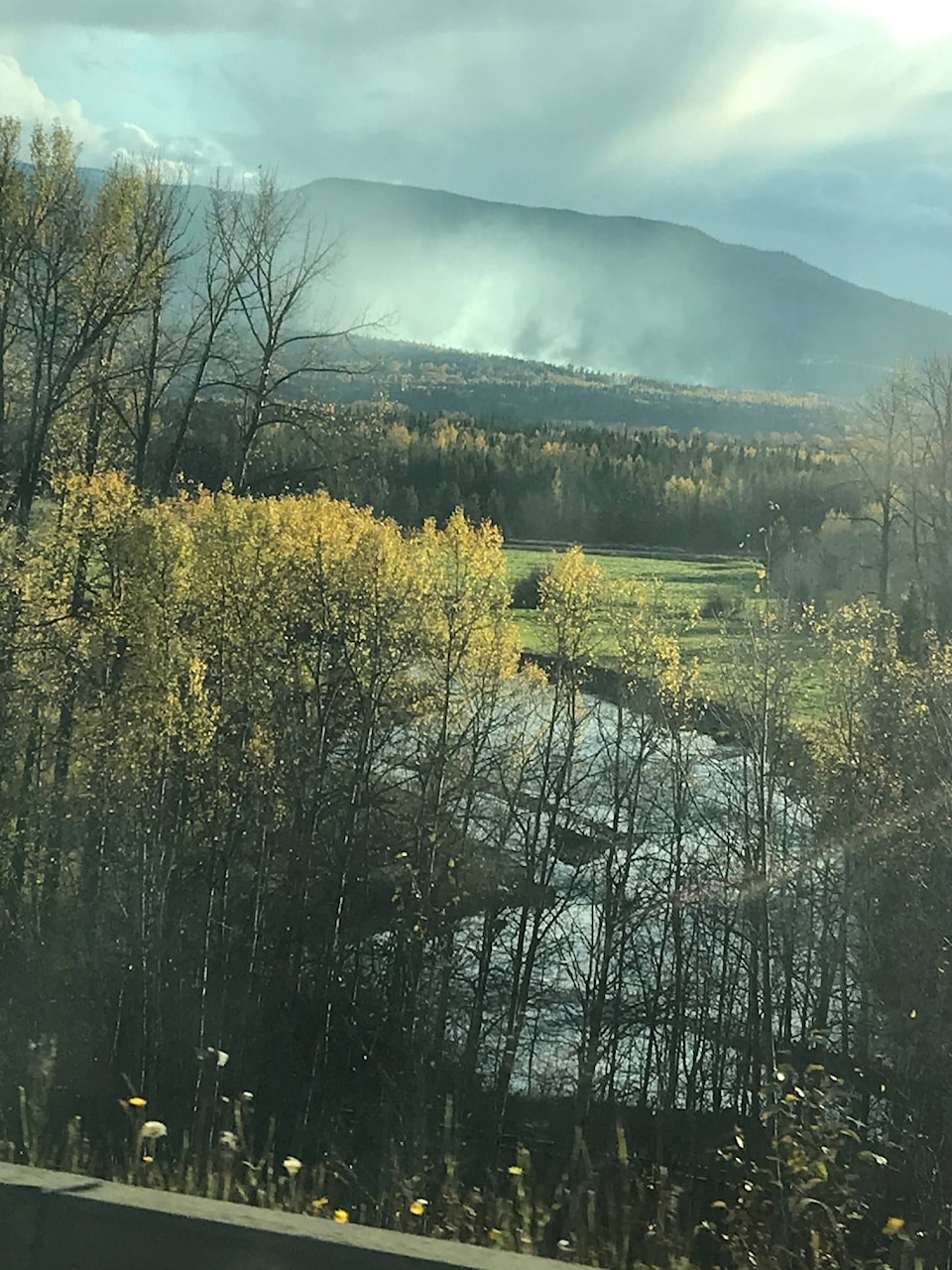The provincial government has confirmed its officials are considering more measures to address air quality in Houston and area.
The additional work includes increasing incentives for people to exchange older woodstoves for updated appliances, reviewing air monitoring data with the regional airshed management society and reviewing management plans and permits issued to local businesses and industry, indicated a statement from the provincial environment and climate change ministry.
District of Houston officials spoke with environment ministry officials in mid-November regarding emissions.
And that came as Houston, for 2019, placed first among all communities in B.C. for fine particulate matter in the air, indicated the B.C. Lung Association’s 2020 annual report.
The provincial annual objective for fine particulate matter is 8 micrograms per cubic metre of particles that are 2.5 micrograms or smaller in diameter. Houston’s Number One ranking as an annual average placed it at 10.6 micrograms.
“Travelling deep into the lungs, inhaled [fine particulate matter] can cause short term health effects such as irritation and inflammation and can aggravate health conditions such as asthma and heart disease,” the lung association stated in its 2020 annual report.
“There is strong evidence that prolonged exposure ….. increases the risk of chronic disease, such as bronchitis and heart diseases.”
Within the Bulkley Valley-Houston airshed, environment ministry officials have identified possible measures such as more frequent permits reviews and inspections, using the best available technology, and more stringent requirements for regulated sources such as industrial emitters.
Older woodstoves in particular have been tagged by the ministry for years as sources adding to particulate matter in the air, something intensified when atmospheric conditions lead to inversions and still air.
“The province increased incentives for residents switching from wood burning to a cleaner source of heat available in those communities exceeding national air quality standards,” ministry information states that’s applicable to Houston and area.
“One important change is a larger incentive for people who choose the cleanest replacement appliances. $250 incentive is available in participating communities for a change from an old smoky uncertified wood stove to an EPA certified wood stove replacement. Up to $500 is available to participants that switch to a pellet stove, propane or gas stove or an electric heat pump.”
In this area the Bulkley Valley Lakes District Airshed Management Society, using a grant from the ministry, provides rebates and works to encourage emissions and particulate reductions from Endako to Kitwanga.
It developed an airshed management plan in 2004 with the latest revision in 2012, identifying not only woodstoves and industrial facilities such as sawmills as sources of emissions and particulate matter but also burning debris in logging areas, train locomotives, vehicles, backyard burning and accumulated road dust as areas of concern.
Burning of waste wood has been reduced over the years through regulatory controls and also the opening of pellet plants which take material that would otherwise be burned.
The plan was developed with the participation of industry, health officials, local governments, non-profit groups and indviduals.
“There is common recognition that particulate matter pollution is a public health concern and can affect economic opportunities in the airshed,” the document states.
“In searching for a balance between environmental, social and economic concerns, it became apparent that with improved education, planning and coordination among stakeholders, the goal of improved air quality is achievable.”
